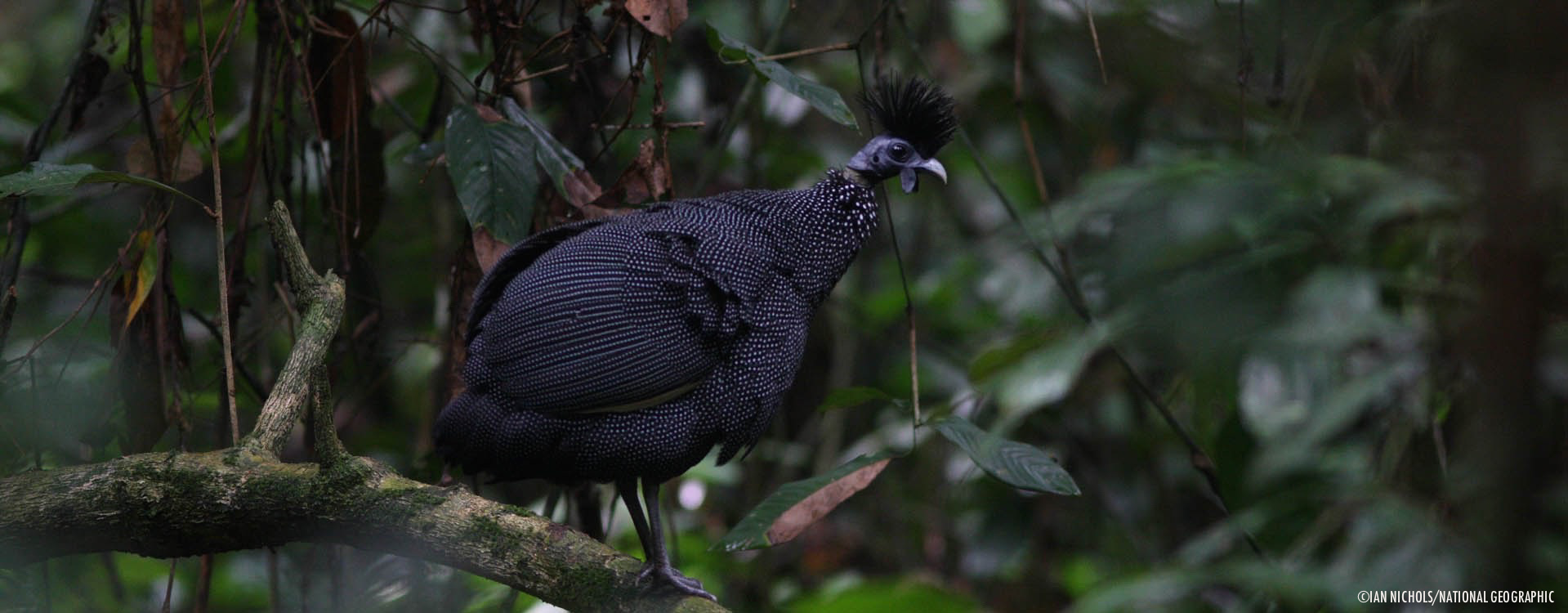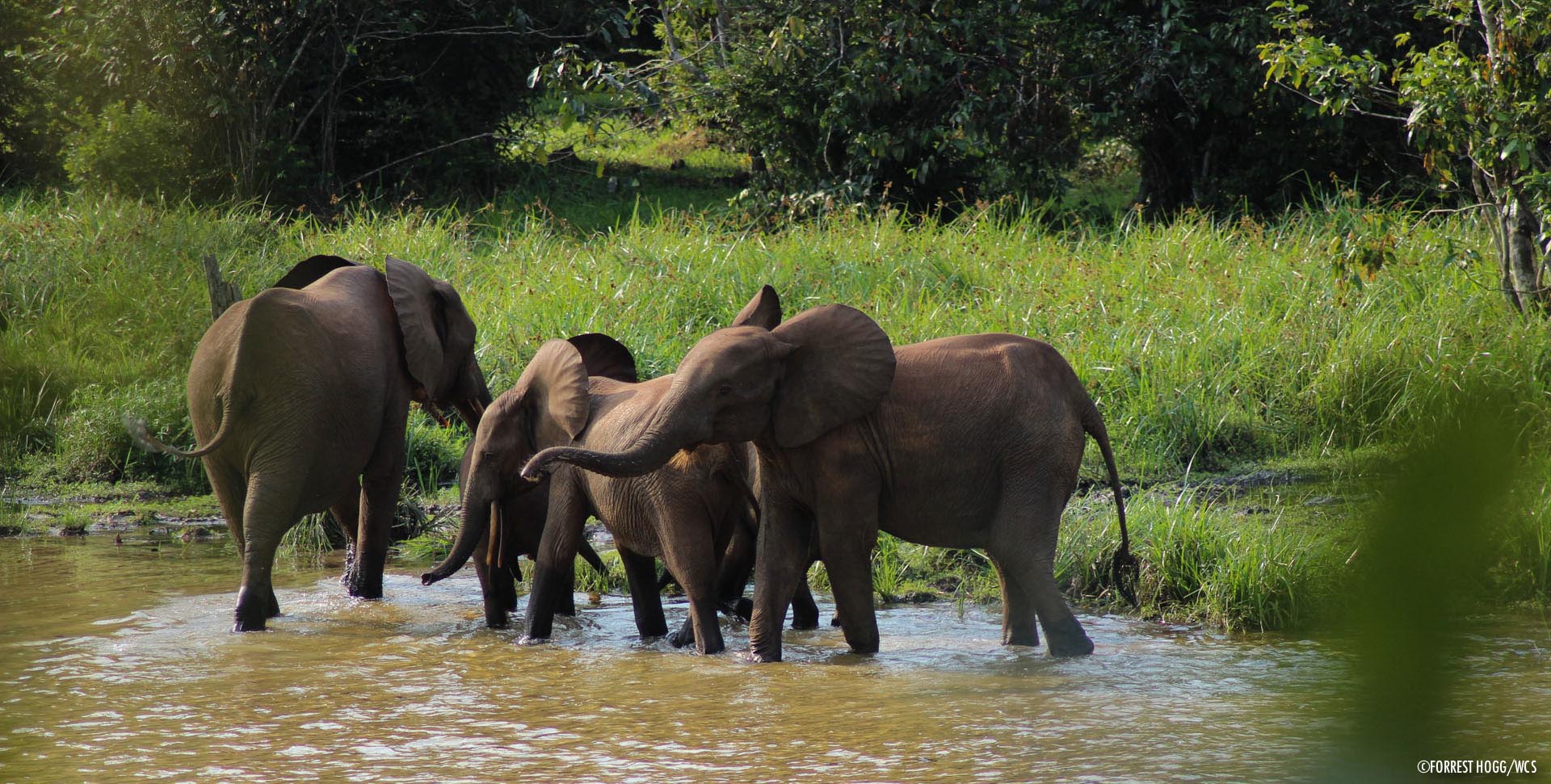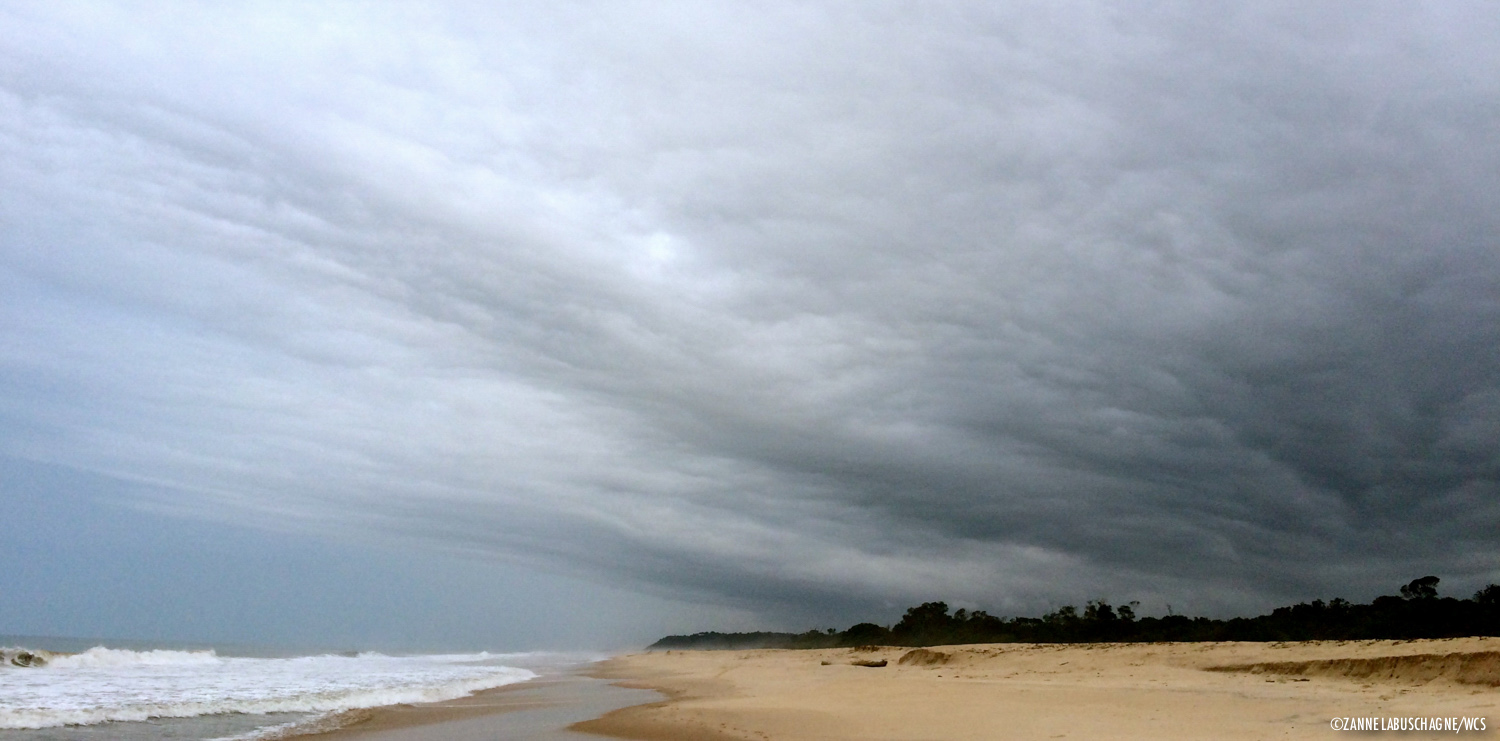Over the past 25 years WCS Congo has been the government’s principle conservation partner, assisting the Ministry of Forestry Economy and Sustainable Development (MEFDD) in managing wildlife and its habitat in several of the country’s national parks, reserves, and buffer zones. Within these sites WCS is developing and implementing actions for effective wildlife protection; community based natural resource management; ecological monitoring; scientific research; and environmental education.
Our approach is specifically tailored to each area we work in and its protection status to enable lasting conservation of these areas while improving the livelihoods of the communities surrounding them. Through this long-term commitment WCS has developed a profound understanding of the ecological and socio-political context for conservation in Congo, and has formed the strong relationships with government, private sector, and local community actors required to make conservation happen.




